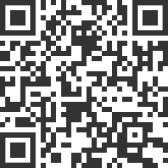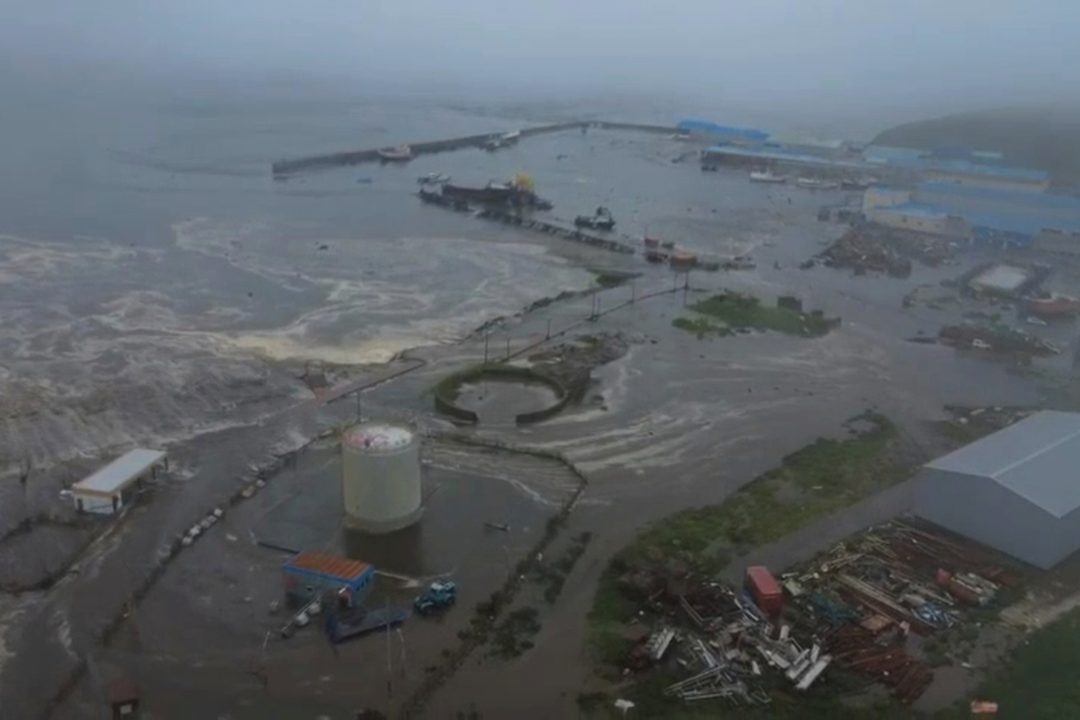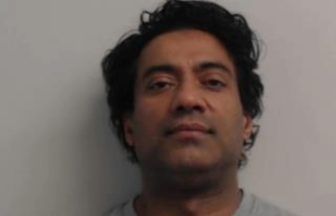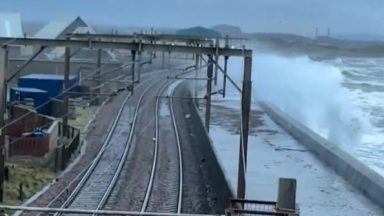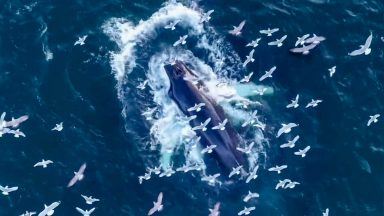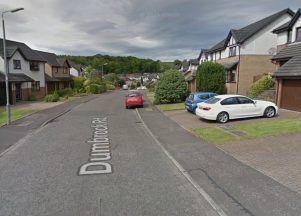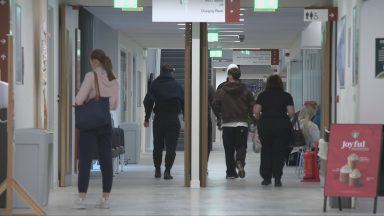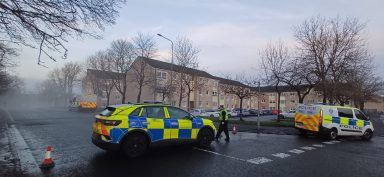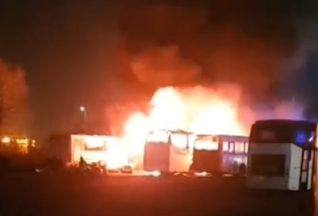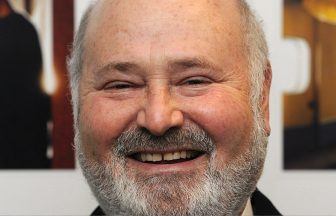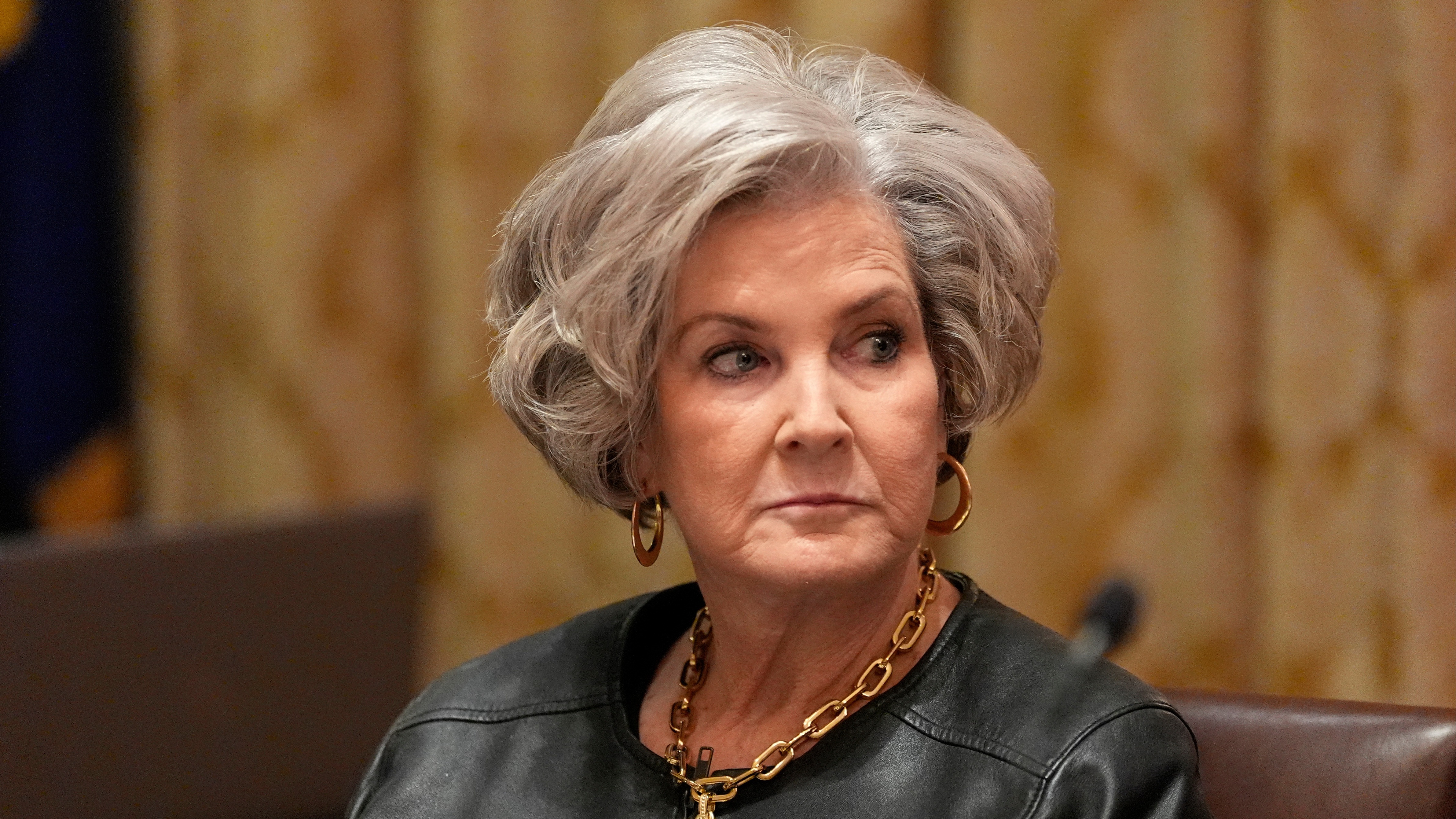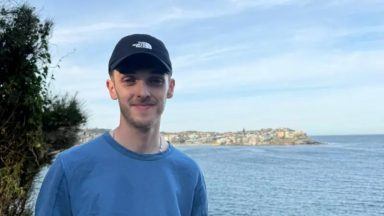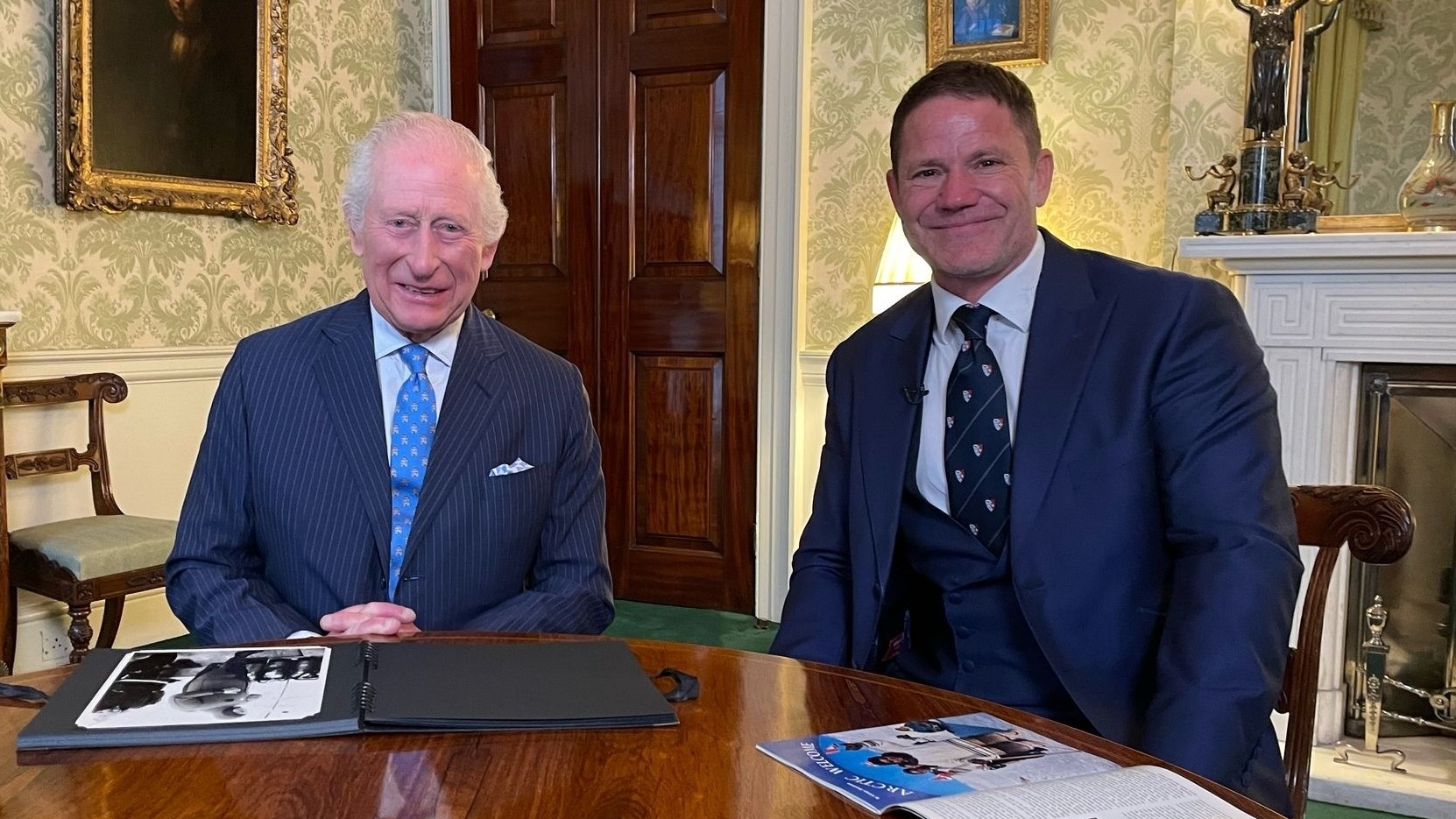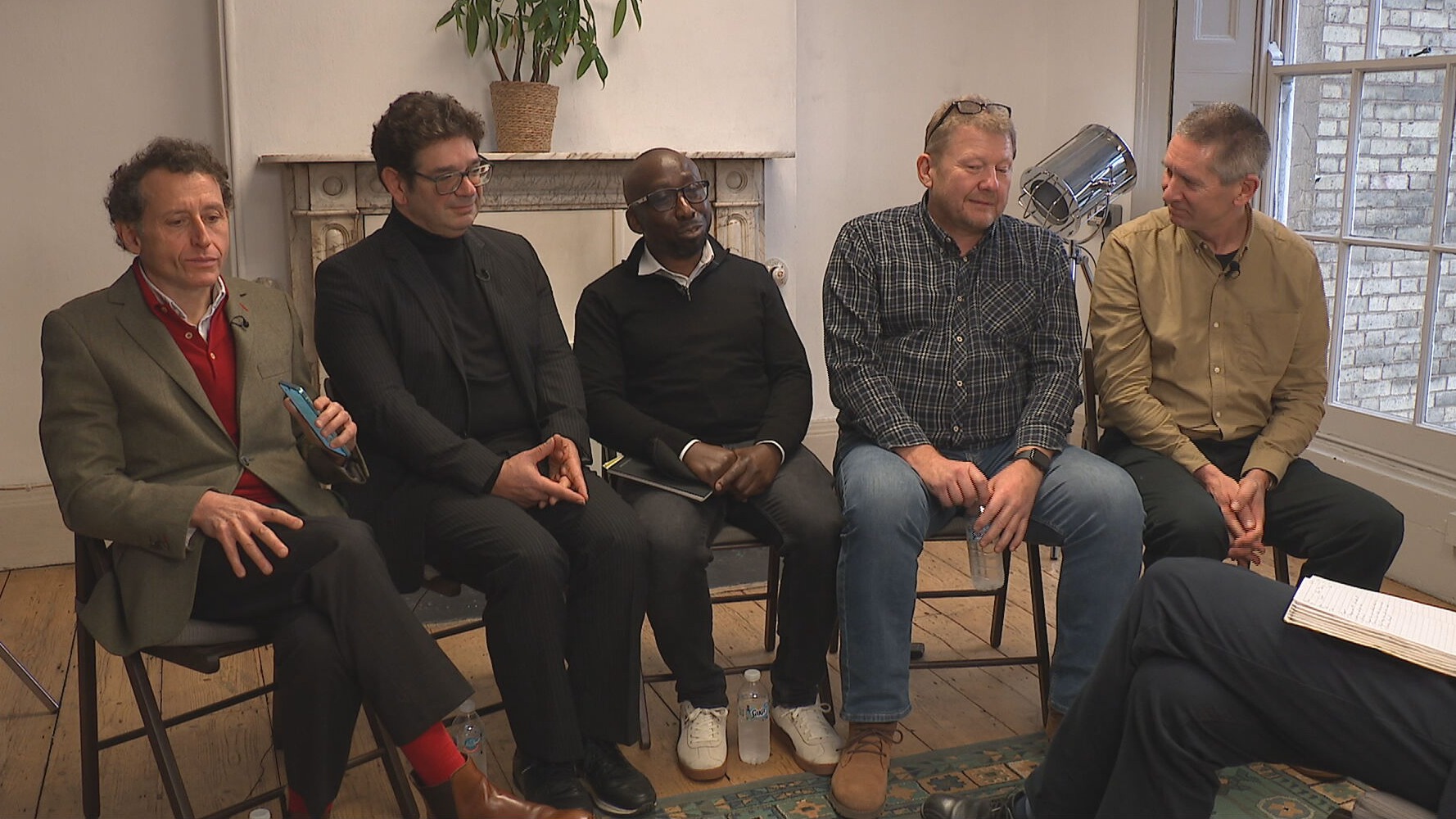One of the world’s strongest earthquakes struck Russia’s Far East on Wednesday as an 8.8-magnitude tremor set off a tsunami in the northern Pacific and prompted warnings for Alaska, Hawaii and south toward New Zealand.
A tsunami has hit coastal areas of Russia’s Kuril Islands and Japan’s large northern island of Hokkaido after an 8.7-magnitude earthquake early on Wednesday.
People were advised to move to higher ground in multiple locations, but places where tsunami waves have already washed ashore have reported no significant damage.
Waves under 30 centimetres above tide levels were observed in the Alaskan communities of Amchitka and Adak, said Dave Snider, tsunami warning co-ordinator with the National Tsunami Warning Centre in Alaska.
A tsunami of 60 centimetres was recorded at Hamanaka on the northern Japanese island of Hokkaido and Kuji port in Iwate on the main island, up from the earlier tsunami of 40cm, according to the Japan Meteorological Agency.
A spokesman said second or third tsunami waves of tsunami had arrived, adding high waves may last for at least a day.
Japan’s Fire and Disaster Management Agency said no injuries or damage have been reported and issued an evacuation advisory to more than 900,000 people along the Pacific coast from Hokkaido to Okinawa.
The first tsunami wave hit the coastal area of Severo-Kurilsk, the main settlement on Russia’s Kuril Islands in the Pacific, according to the local governor Valery Limarenko.
He said residents were safe and staying on high ground until the threat of a repeat wave was gone.
Damage and evacuations were reported in the Russian regions nearest the quake’s epicentre on the Kamchatka Peninsula.
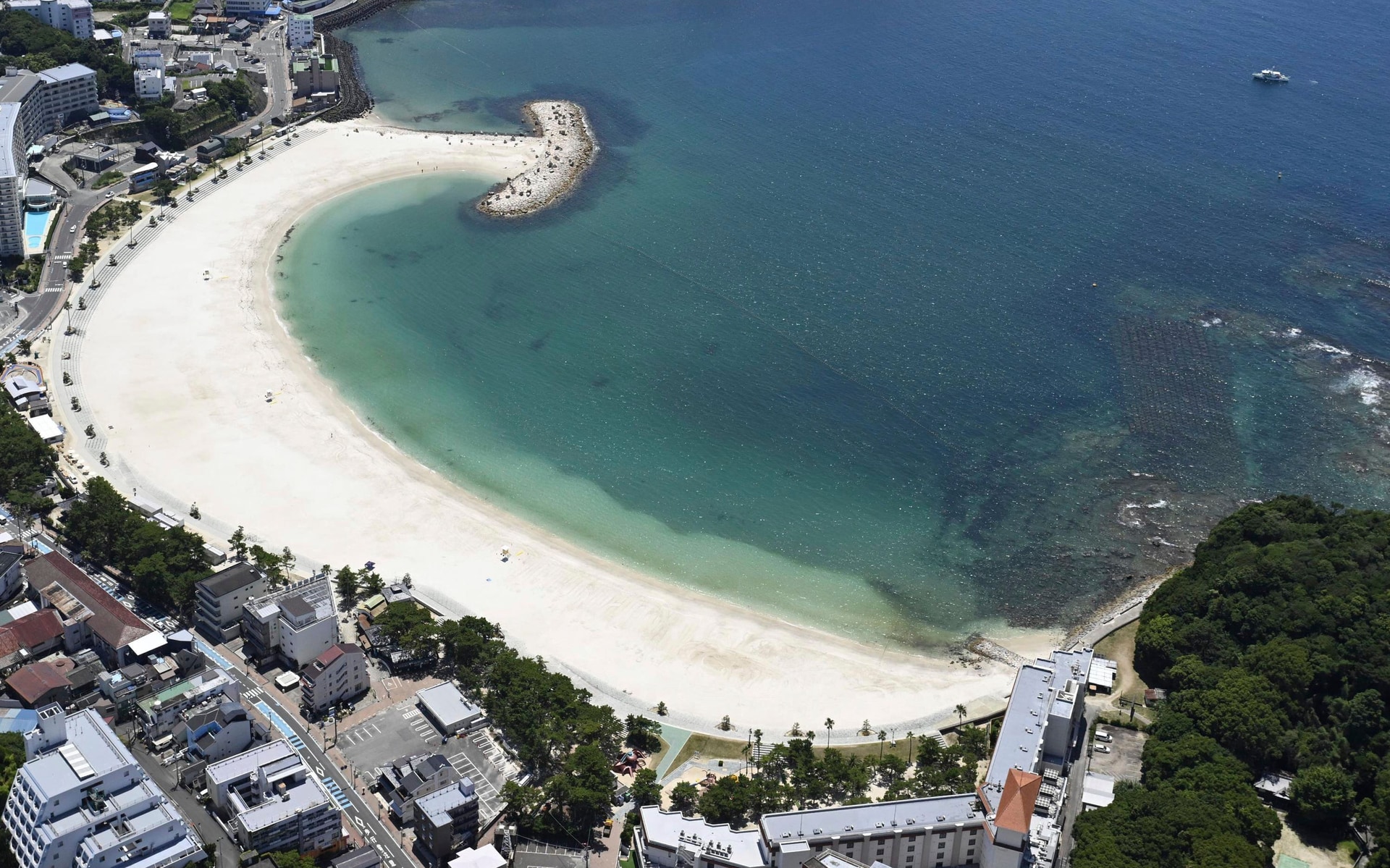 PA Media
PA MediaThe Pacific Tsunami Warning Centre said waves of one to three metres above tide level were possible along some coastal areas of Hawaii, Chile, Japan and the Solomon Islands. Waves of more than three metres were possible along some coastal areas of Russia and Ecuador.
The centre said a tsunami could cause damage along the coastlines of all the Hawaiian islands.
“Urgent action should be taken to protect lives and property,” the warning stated.
Cars jammed streets and highways in Honolulu as the tsunami alerts coincided with the Tuesday afternoon rush hour. Warning sirens blared as people moved to higher ground.
China’s Ministry of Natural Resources’ Tsunami Warning Centre issued an alert for parts of the country’s east coast along Shanghai and Zhejiang provinces, which are already under alert with Typhoon CoMay expected to land in the Zhejiang province Wednesday.
The quake at 8.25am Japan time had a preliminary magnitude of 8.0, Japan and US seismologists said. Japan and the US Geological Survey (USGS) later updated their measurements to 8.7 magnitude and the USGS said the quake occurred at a depth of 12 miles.
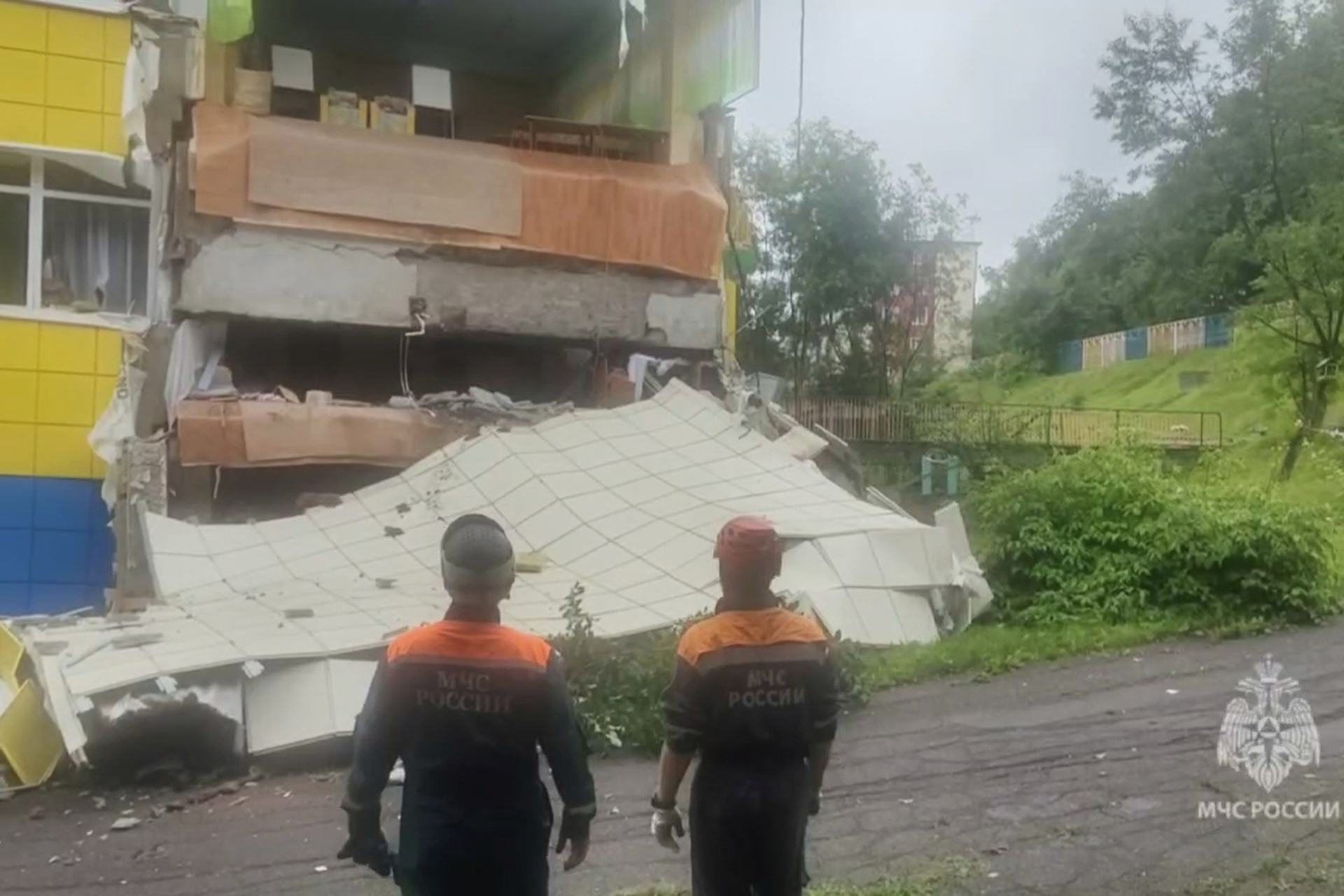 PA Media
PA MediaThe quake was about 160 miles away from Hokkaido, the northernmost of Japan’s four big islands, and was felt only slightly, according to Japan’s NHK television.
Russia’s Tass news agency reported from the biggest city near the epicentre, Petropavlovsk-Kamchatsky, that many people ran out into the street without shoes or outerwear. Cabinets toppled inside homes, mirrors were broken, cars swayed in the street and balconies on buildings shook noticeably.
Tass also reported power outages and mobile phone service failures in the capital of the Kamchatka region, quoting a local Russian official as saying residents on Sakhalin Island were being evacuated and emergency services were working at full capacity.
Russian news agencies quoted the regional health ministry saying several people sought medical help in Kamchatka after the earthquake, but no serious injuries were reported.
The National Tsunami Warning Centre, based in Alaska, issued a tsunami warning for parts of the Alaska Aleutian Islands and a watch for portions of the west coast, including California, Oregon and Washington, as well as Hawaii.
The advisory also includes a vast swath of Alaska’s coastline.
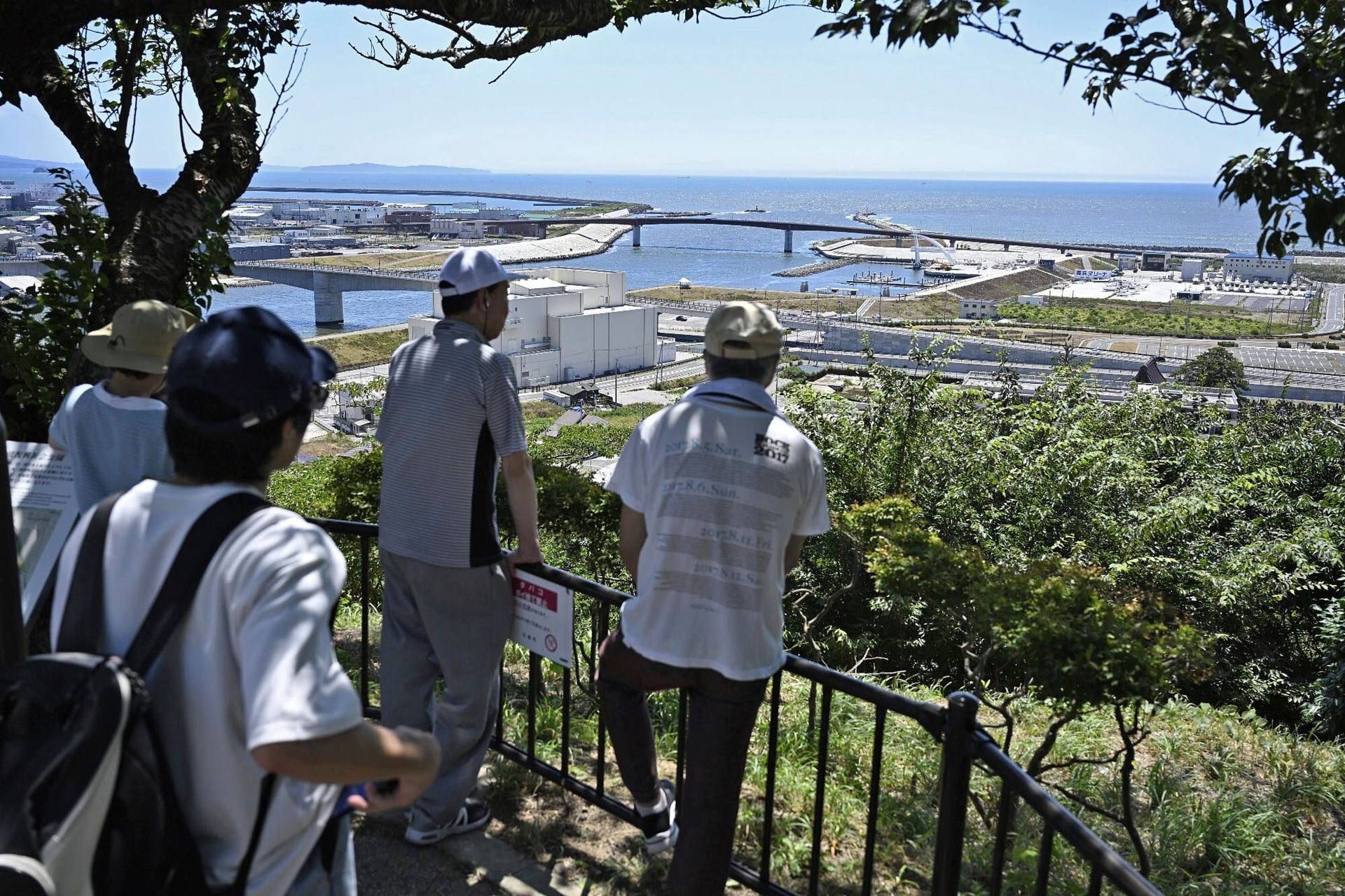 PA Media
PA MediaThe earthquake appeared to be the strongest anywhere in the world since the March 2011 earthquake off northeast Japan that measured 9.0 magnitude and caused a massive tsunami that set off meltdowns at a Fukushima nuclear power plant. Only a few stronger earthquakes have been measured around the world.
Japanese nuclear power plants along the Pacific coast have reported no abnormalities after Wednesday’s earthquake.
Tokyo Electric Power Company Holdings, which operates the tsunami-hit Fukushima Daiichi nuclear power plant, said about 4,000 workers are taking shelter on higher ground at the plant complex while monitoring remotely to ensure plant safety.
Philippine authorities warned provinces and towns along the archipelago’s eastern coast facing the Pacific of possible tsunami waves of less than one metre and advised people to stay away from the beach and coastal areas.
New Zealand authorities issued warnings of “strong and unusual currents and unpredictable surges” along coastlines throughout the country.
The alert by the government emergency management agency said people should move out of the water, off beaches and shore areas, and away from harbours, marinas, rivers and estuaries.
New Zealand is in the South Pacific and about 6,000 miles from the epicentre.
Follow STV News on WhatsApp
Scan the QR code on your mobile device for all the latest news from around the country
